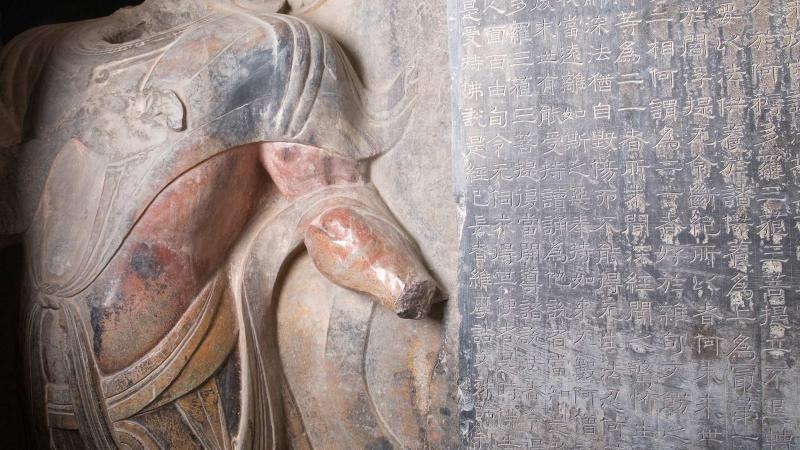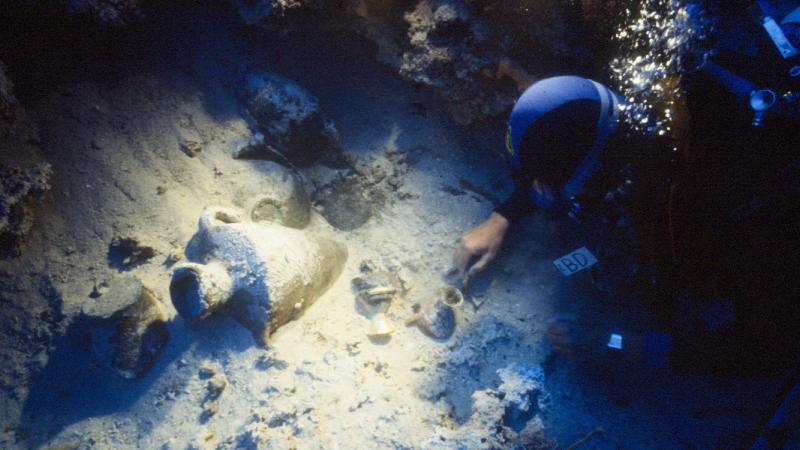About a mile inland from the northwest shore of the Dead Sea, a Bedouin goatherd known as Mohammed edh-Dhib (Mohammed the Wolf, in translation) tossed a rock into a cave and, hearing it break a piece of pottery, decided to take a closer look. Inside, he found three scrolls in an ancient script: the first, it turned out, of more than eight hundred manuscripts in Hebrew, Old Canaanite, Aramaic, Greek, and Latin that, from 1947 to 1956, would be exhumed from the area’s caves and collectively dubbed the greatest archaeological discovery of the 20th century.
A treasure of history, paleography, and theology, the Dead Sea Scrolls date from the latter half of Jerusalem’s Second Temple period (which lasted from roughly 530 BCE to 68 CE) and include some of the oldest extant fragments of the Hebrew Bible, as well as apocryphal writings, exegetical texts, hymns, prayers, and documents of Jewish law. Although most are now little more than scraps of parchment or papyrus, they open a compelling window on the era that gave rise to Jesus’s ministry and a rabbinic tradition that to this day shapes Judaism.
With painstaking reassembly and interpretation, the scrolls have helped experts chart the evolution of the Tanakh, the Hebrew Bible, and gain a deeper understanding of the diverse casts of religious thought that coexisted before its canonization. One scroll, for example, adds a passage to the story of Abraham and Isaac in which a devil called Mastemah provides the impetus for God’s famously puzzling test of the first patriarch; another, which predates the crucifixion of Jesus, describes a messianic “Son of God,” suggesting that the term was not, as previously thought, invented by the early Christians, but an existing facet of Jewish apocalyptic beliefs.
The insights afforded by the scrolls have come with just as many questions, such as What were the caves used for? and Who was responsible for secreting away the scrolls? Perhaps they were the library of the Essenes, a sect of Jewish ascetics who formed a community in the vicinity of the caves, away from the excesses of Jerusalem. Maybe they were the vestiges of many of Jerusalem’s libraries, saved by a group of local “monuments men” before the Romans brought a violent end to the Second Temple period.
NEH has awarded $583,578 to scholars working to answer these and related questions. Several grants have gone to those directly responsible for the preservation and publication of the scrolls; others to the authors of monographs and the institutions that host study seminars. Most recently, this work has made possible the largest exhibition of the scrolls outside of Israel: a 600-artifact show at the California Science Center in Los Angeles that features fragments of ten scrolls and a variety of interactive installations. These efforts, along with many others undertaken over the last six decades, have helped to ensure that the Dead Sea Scrolls, some of our most important artifacts of faith and civilization, remain at the forefront of scholarly thought and public attention.
Written by James Williford, a writer in Washington, D.C.


